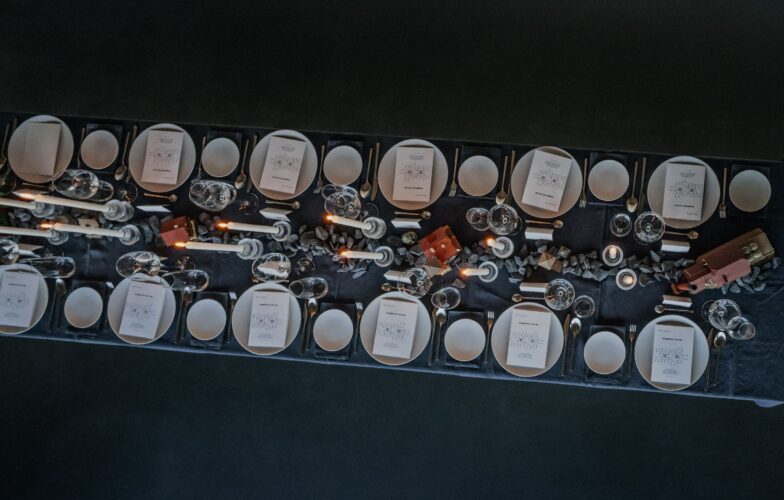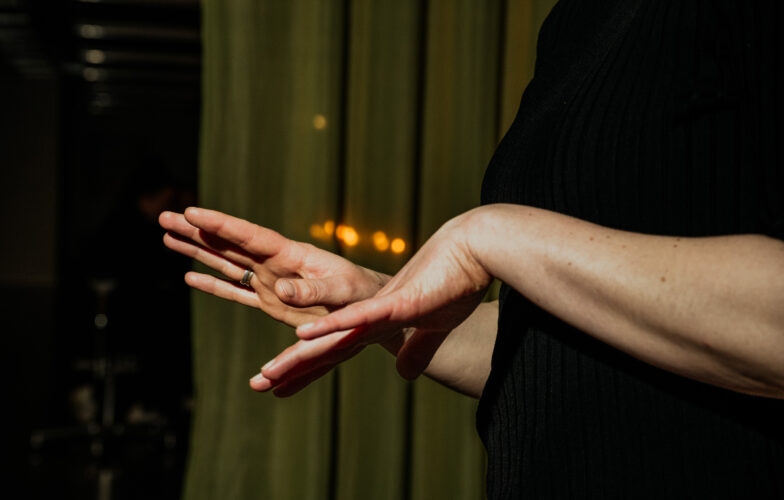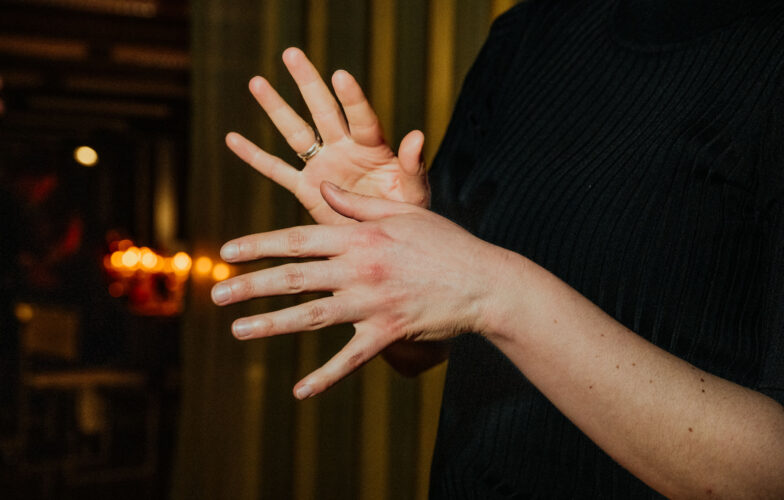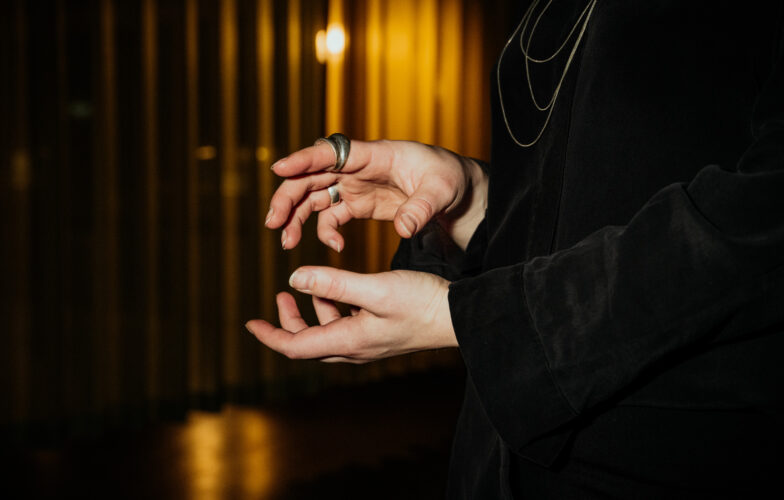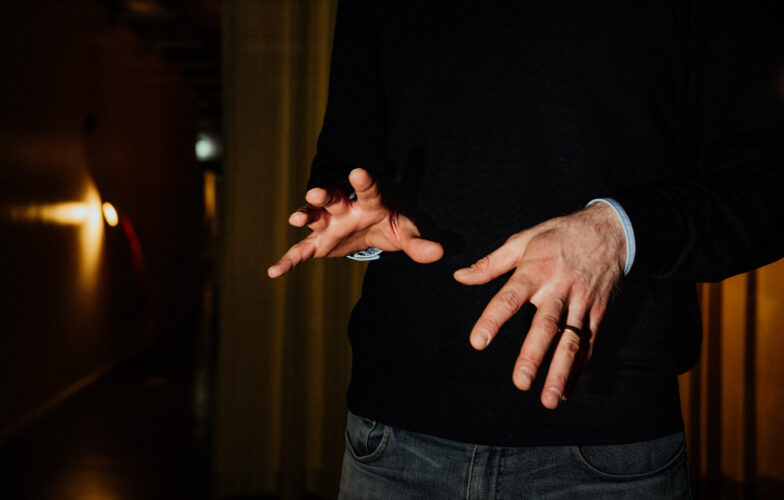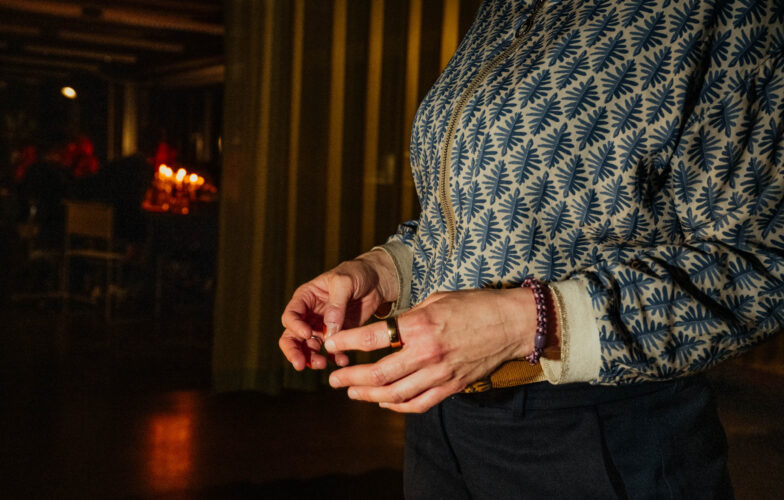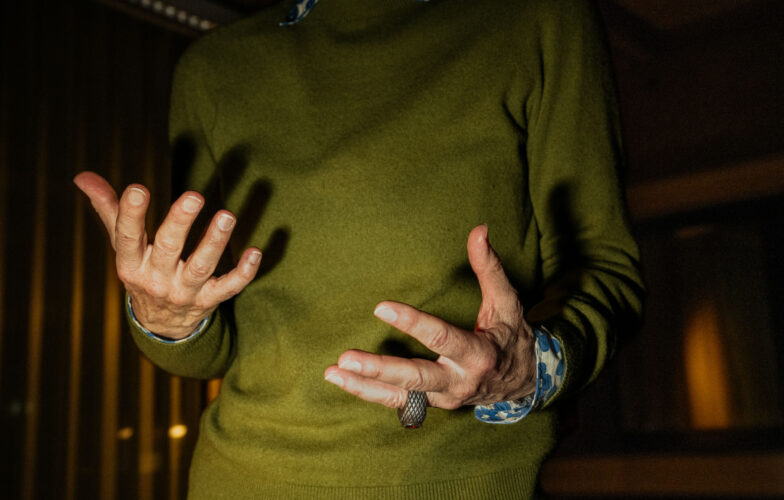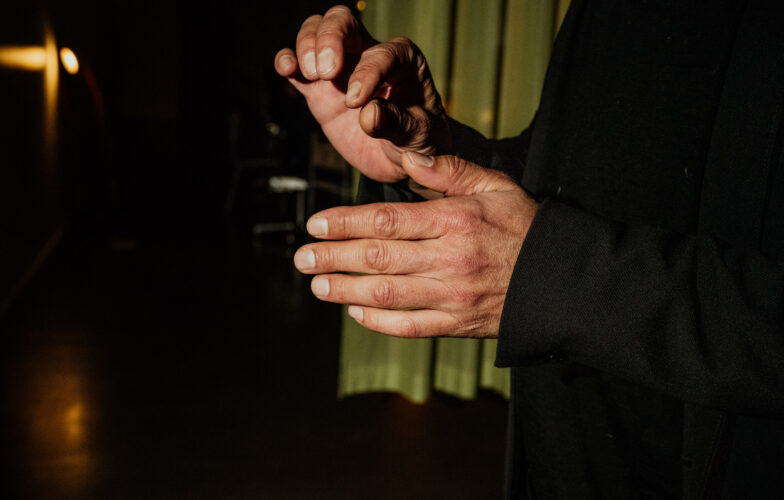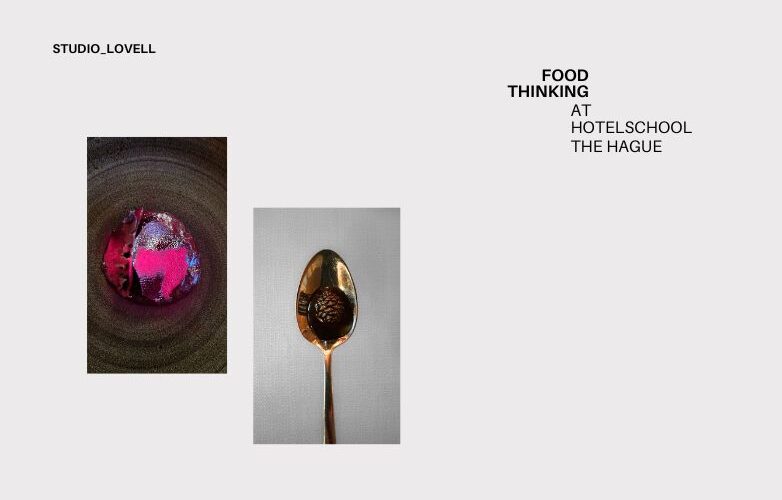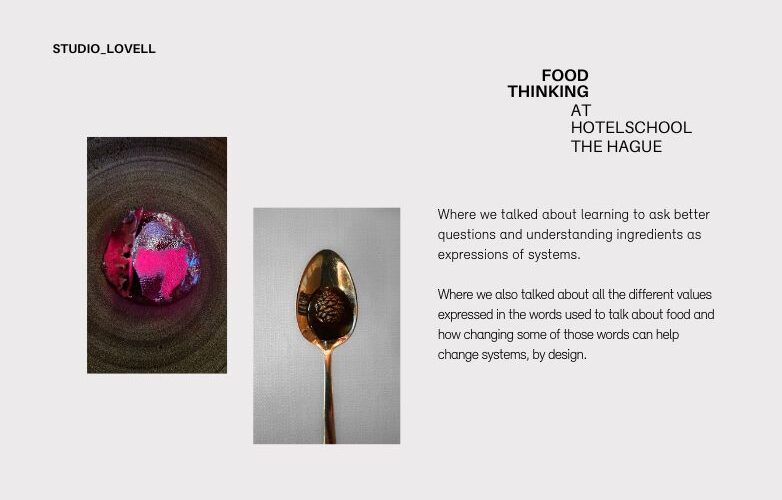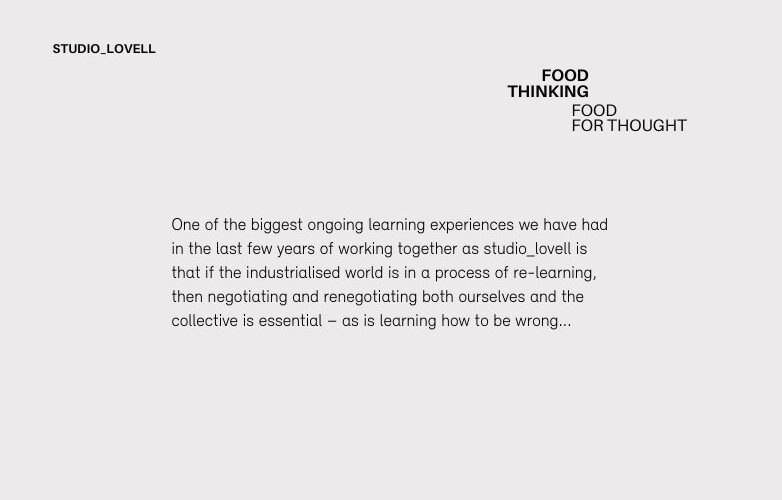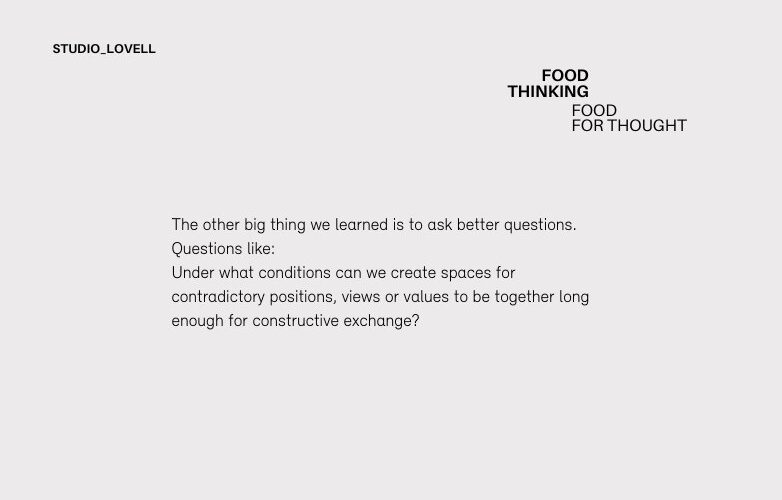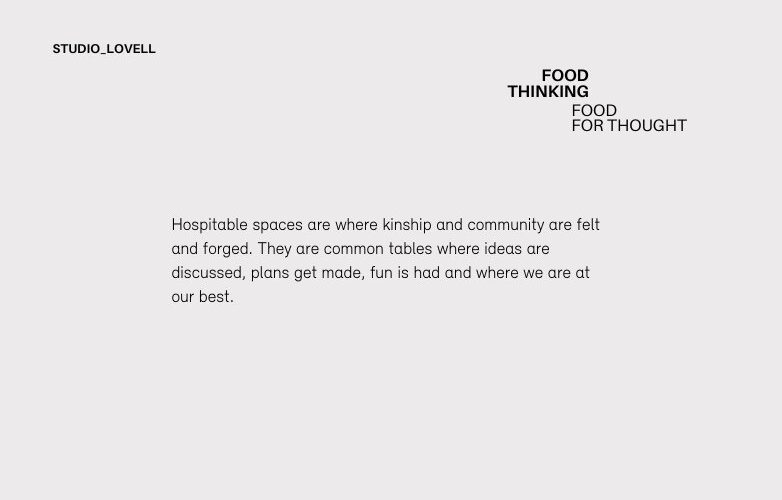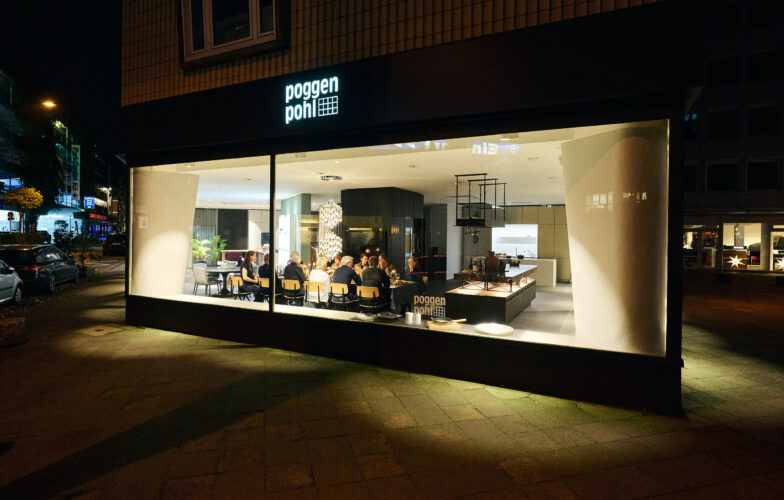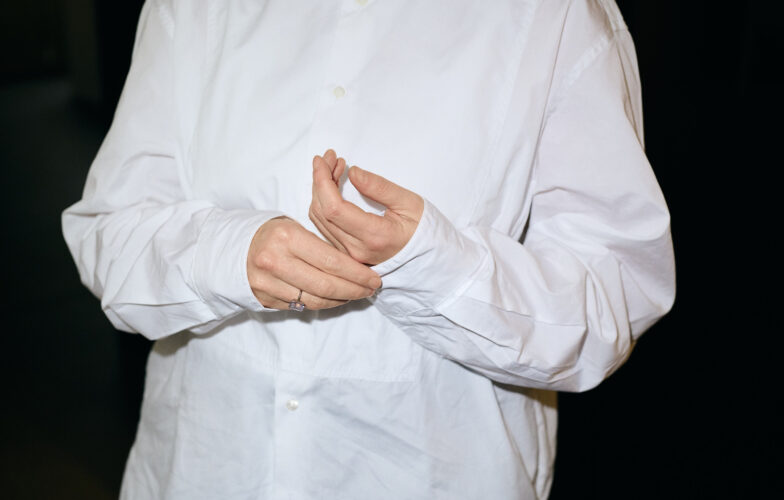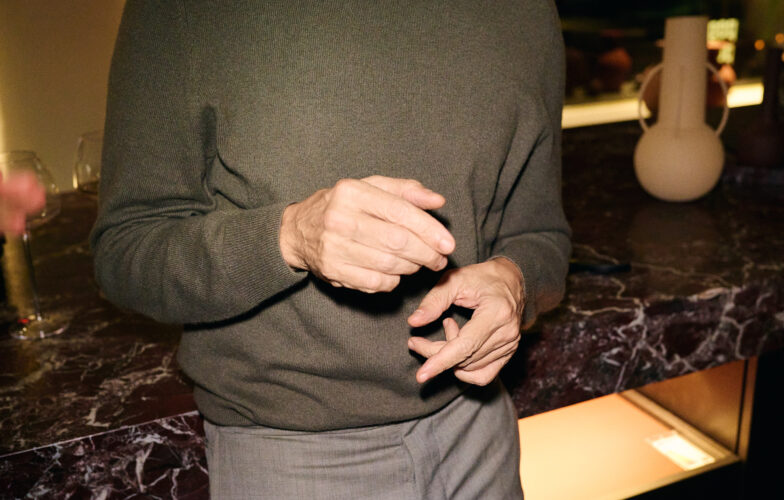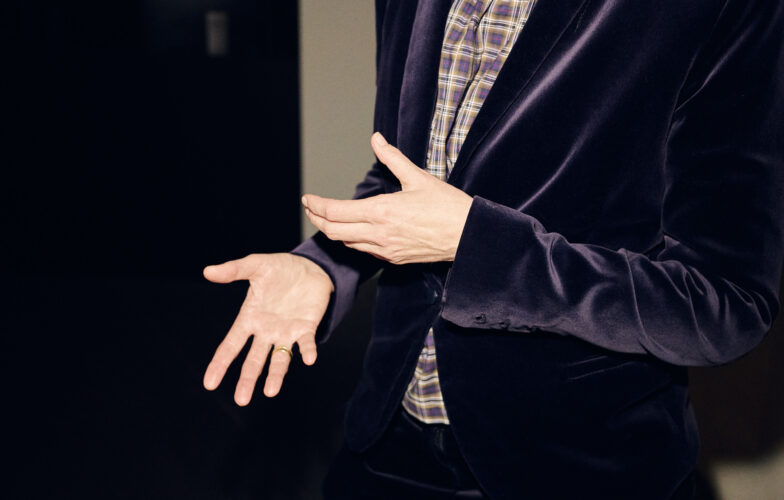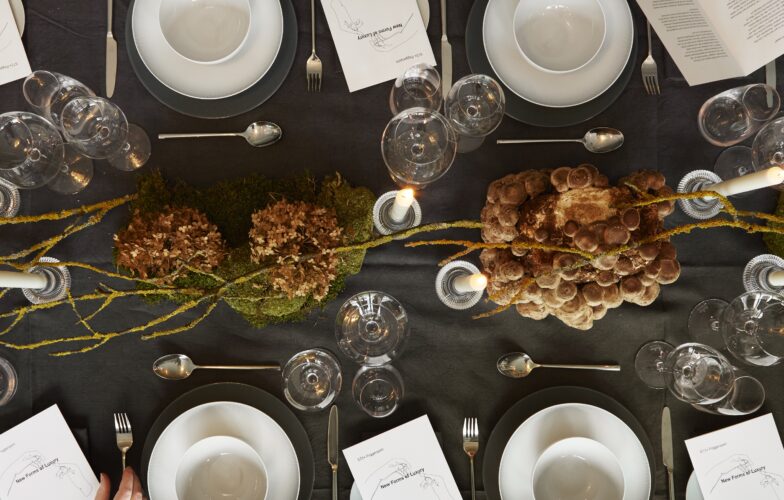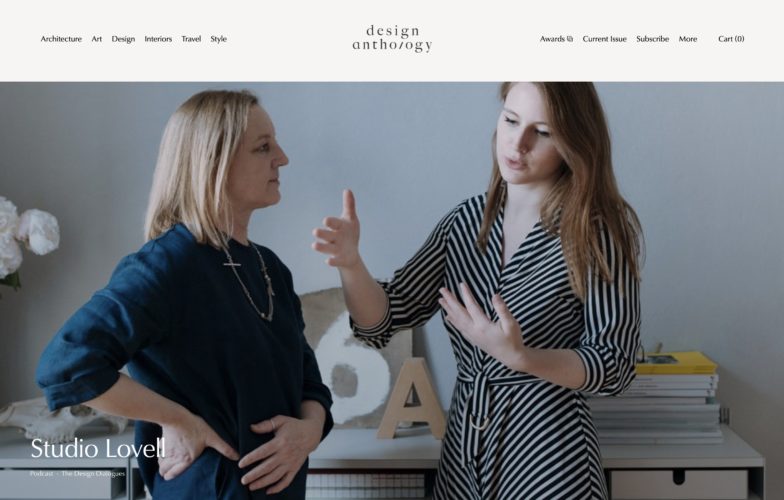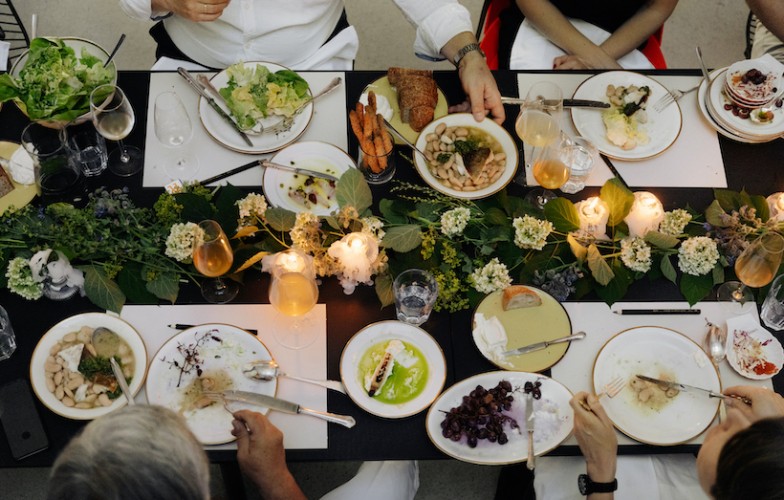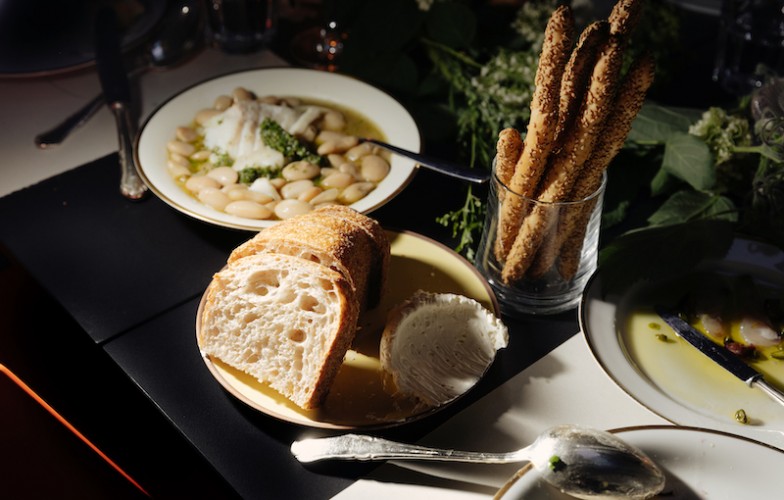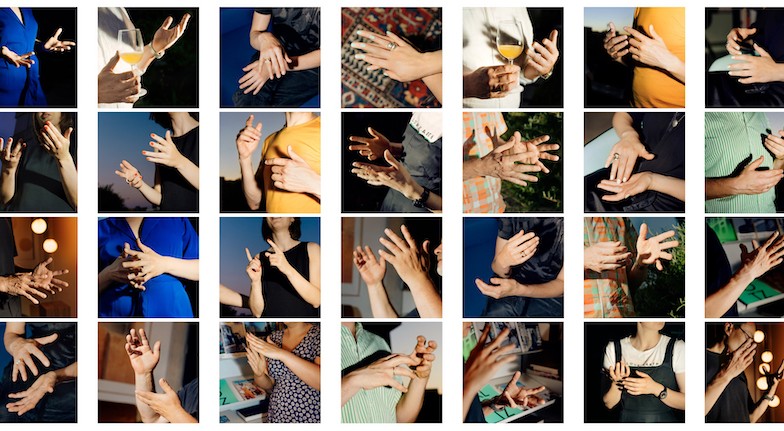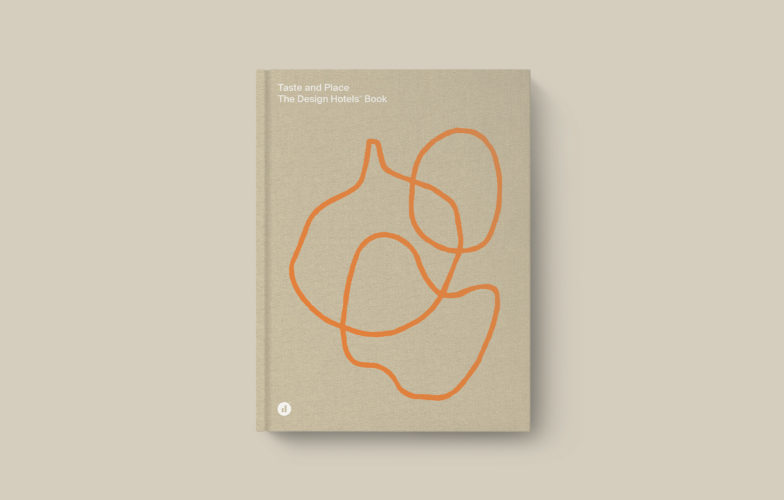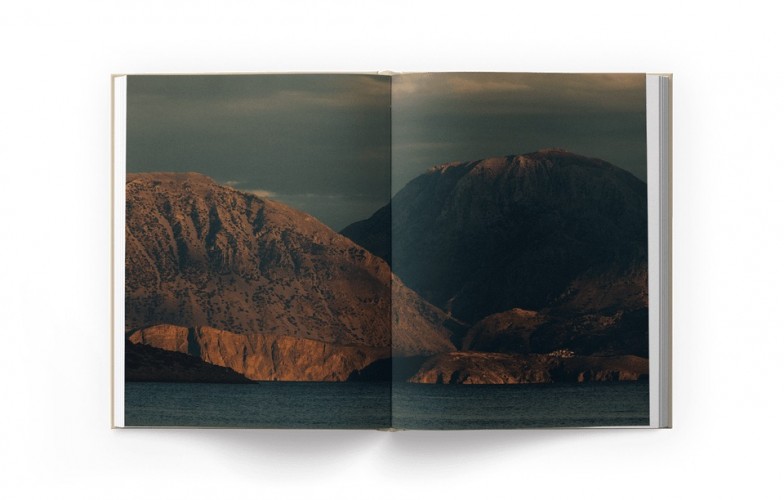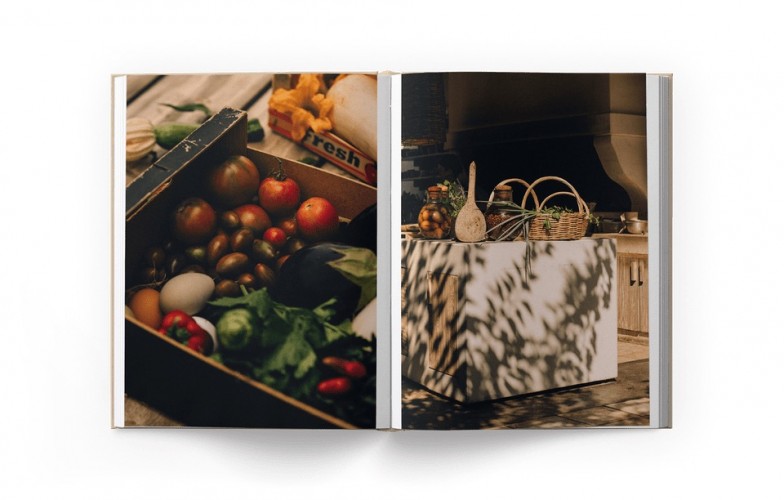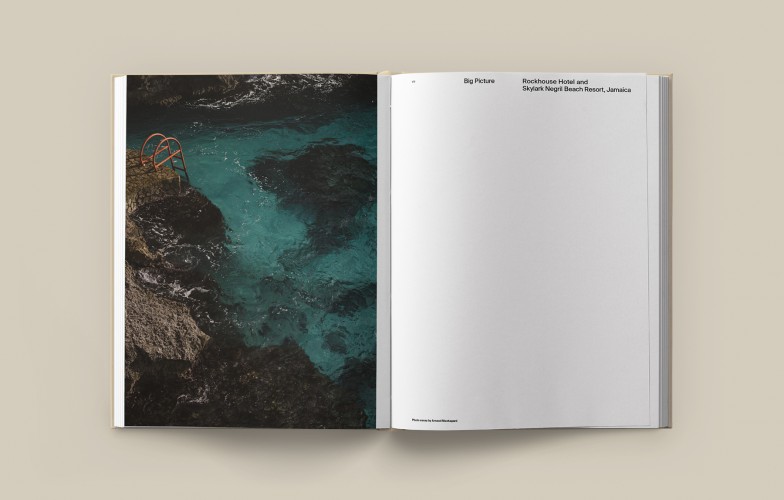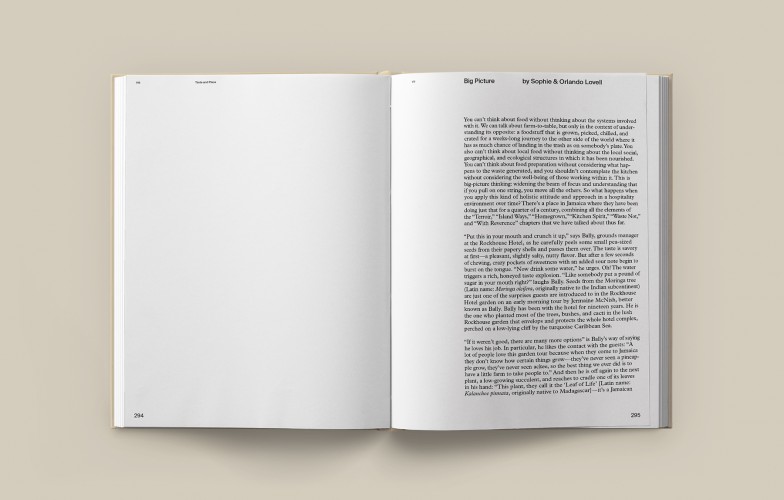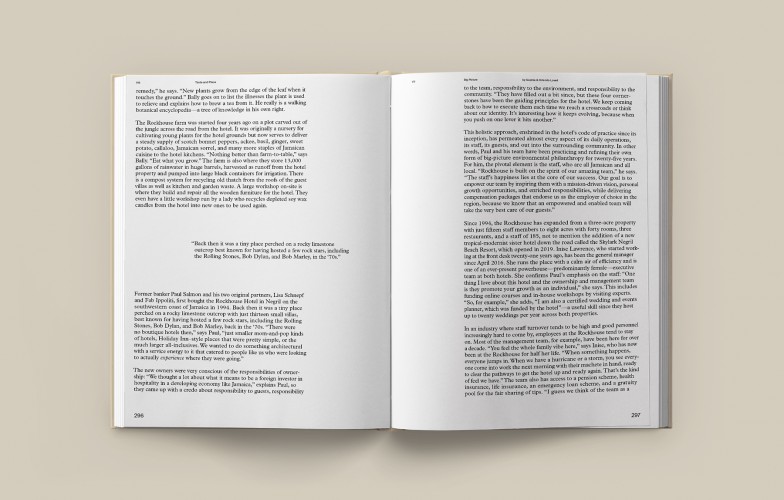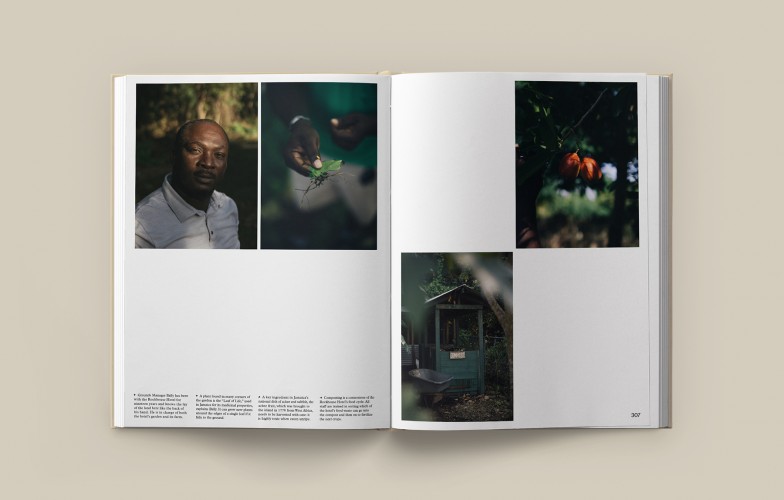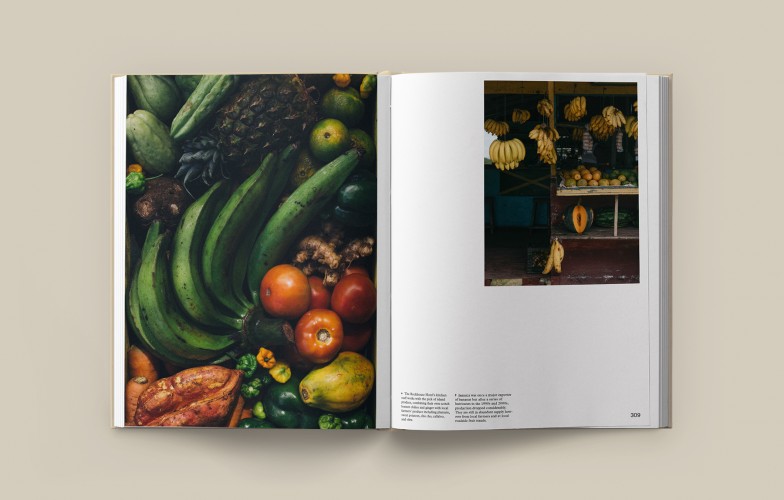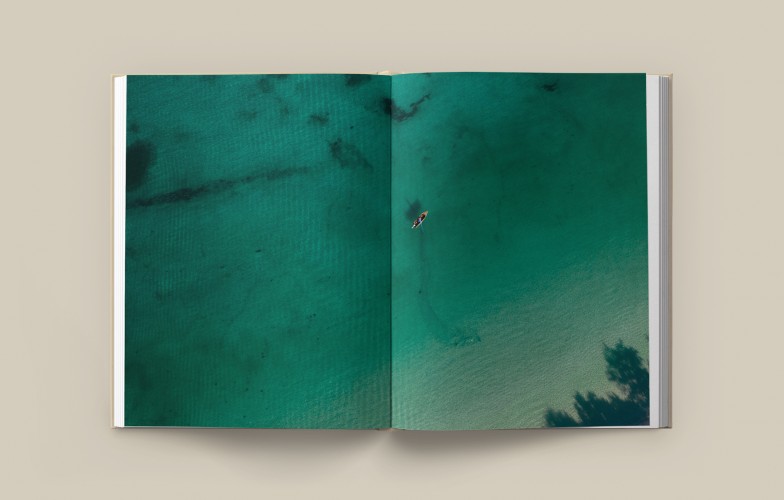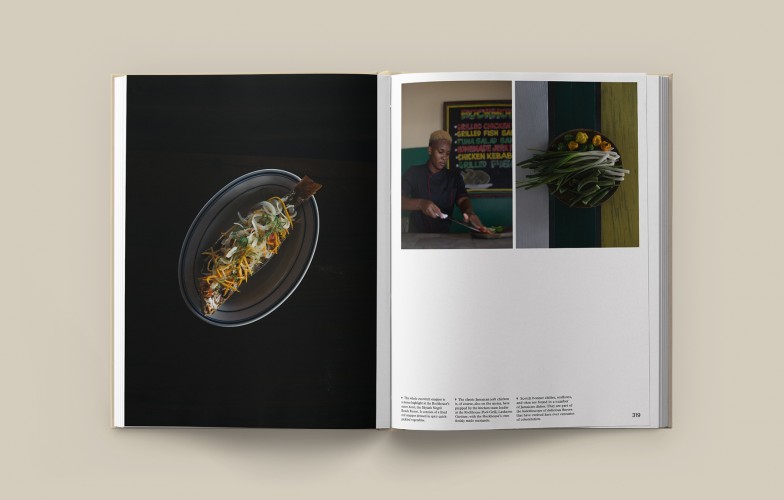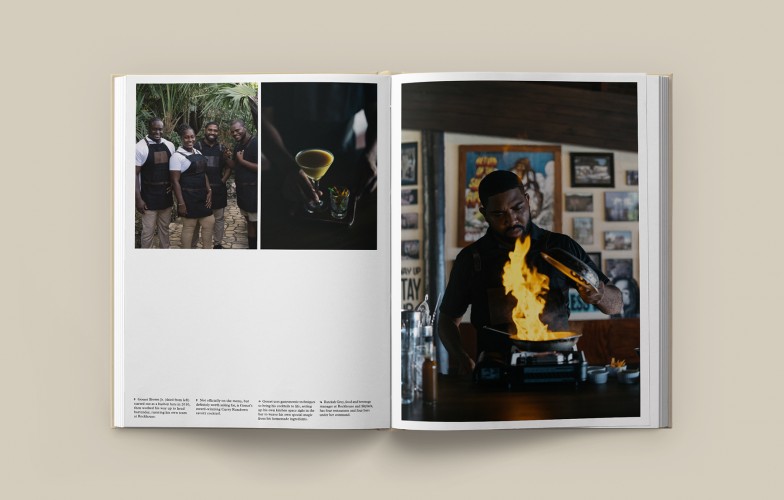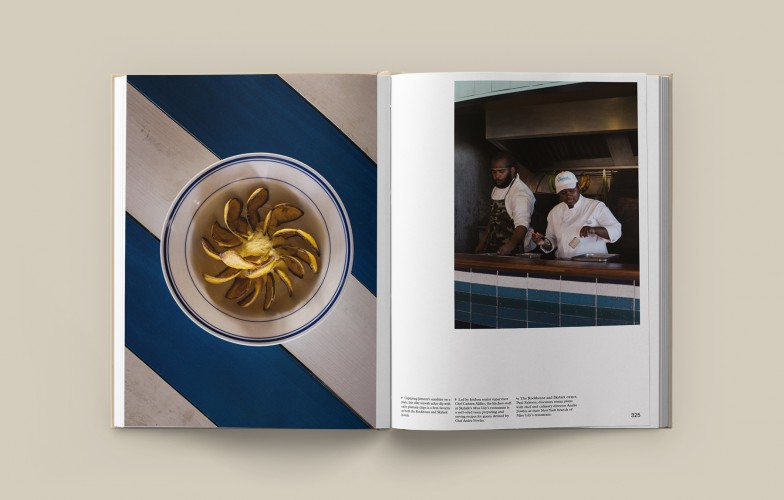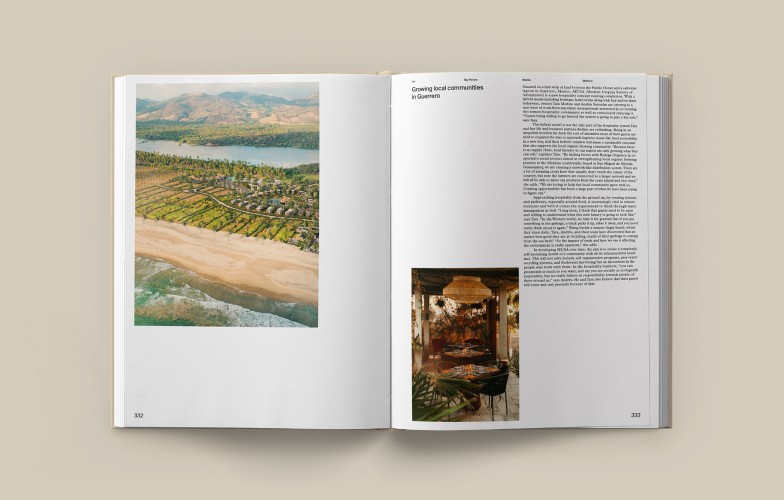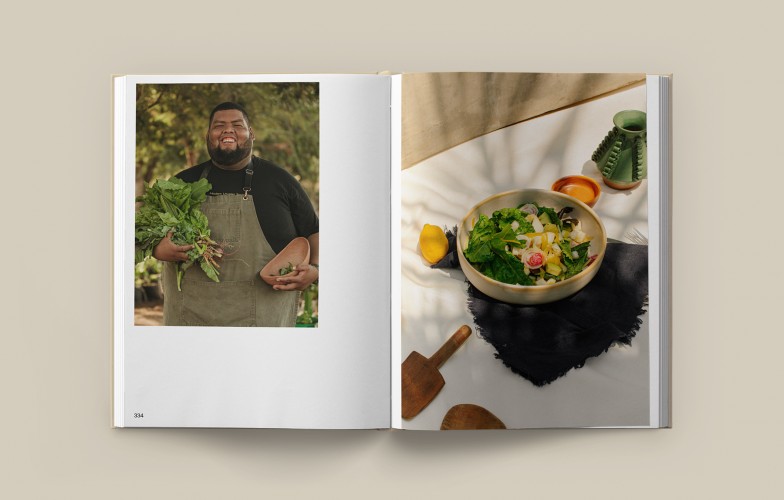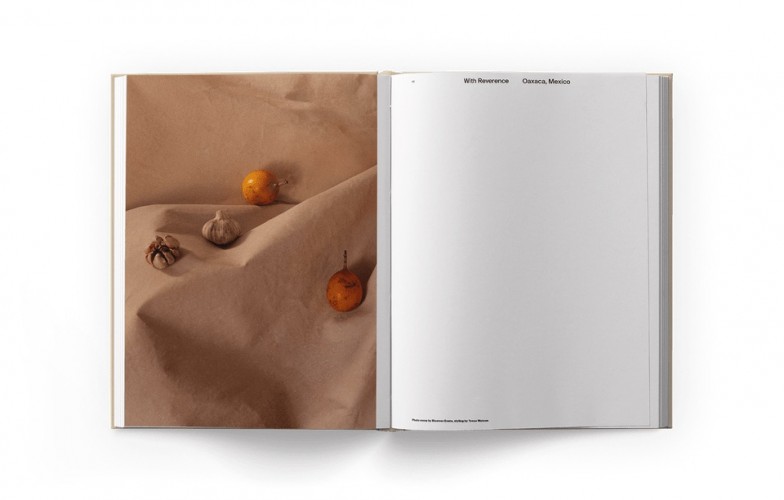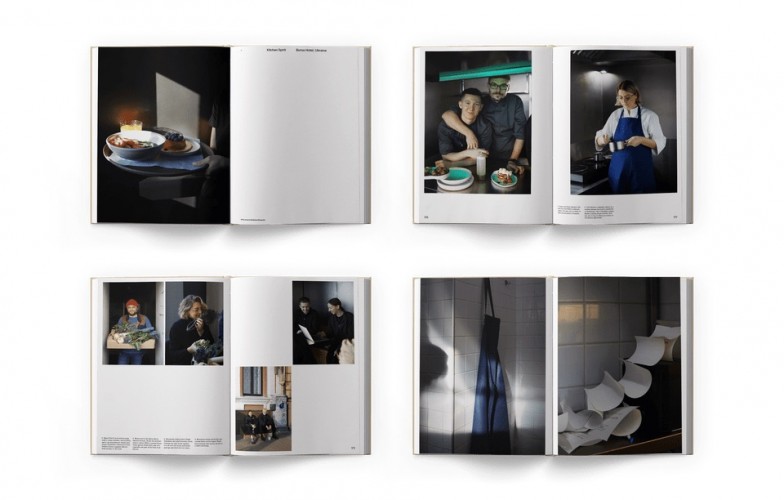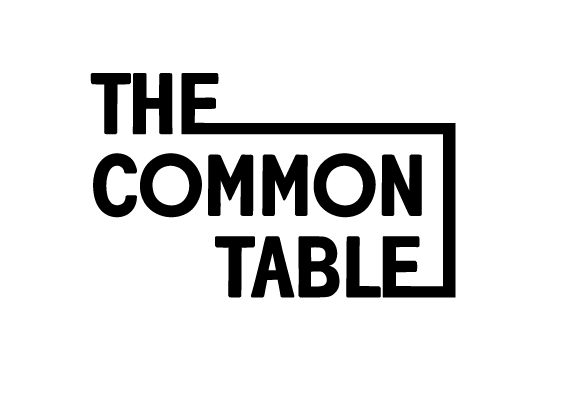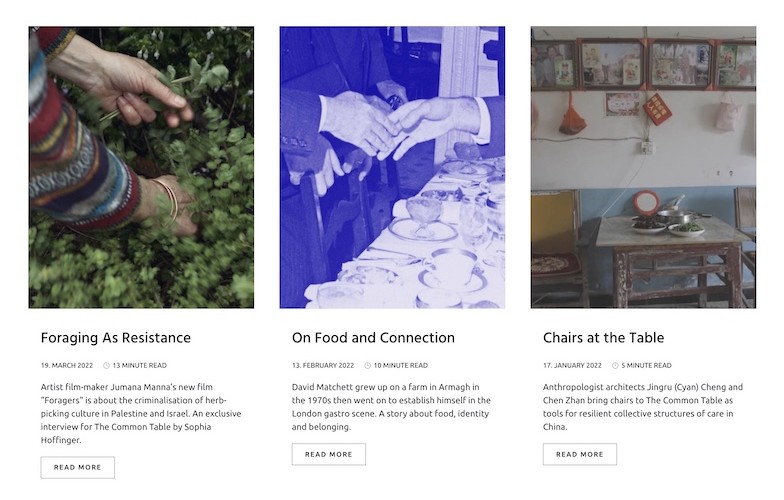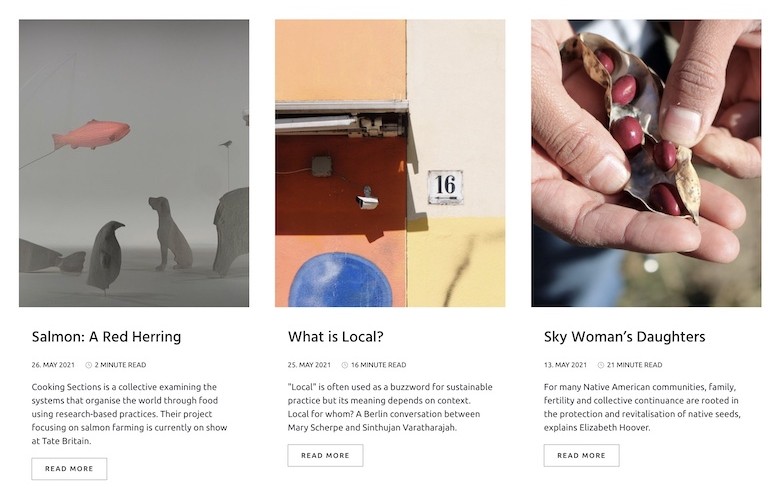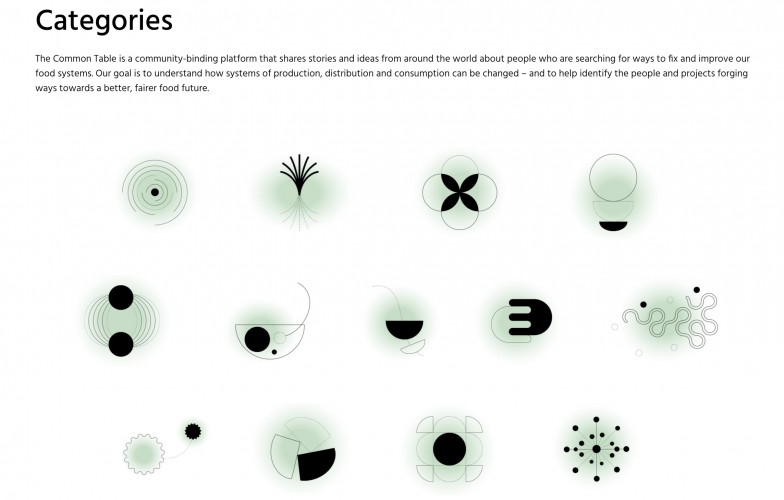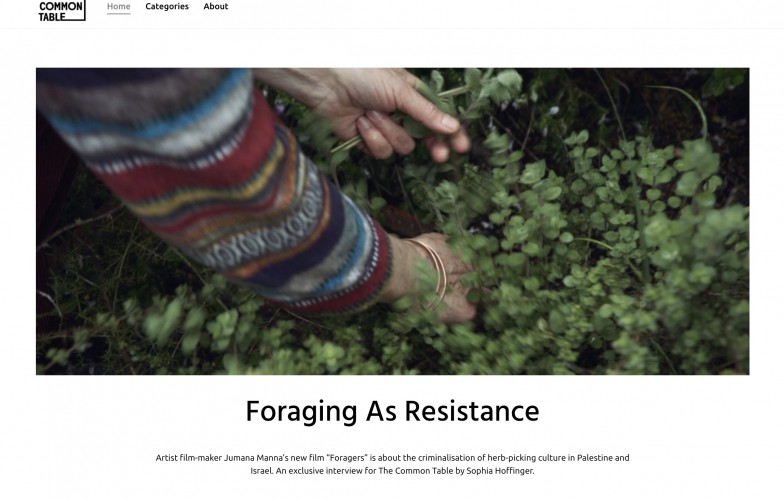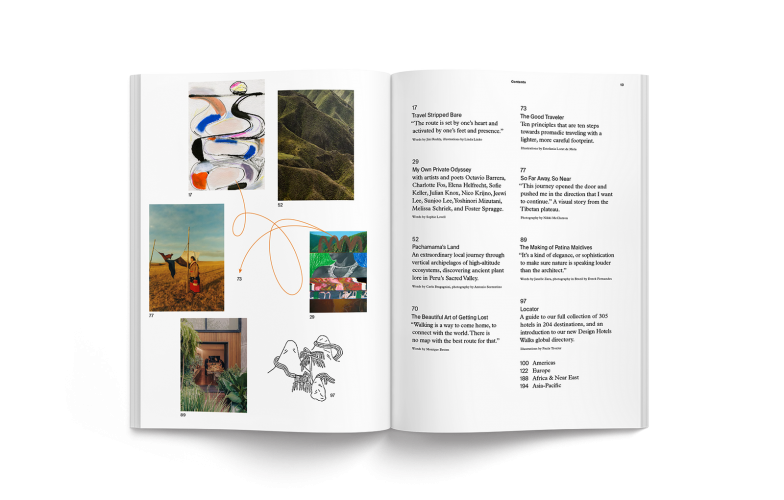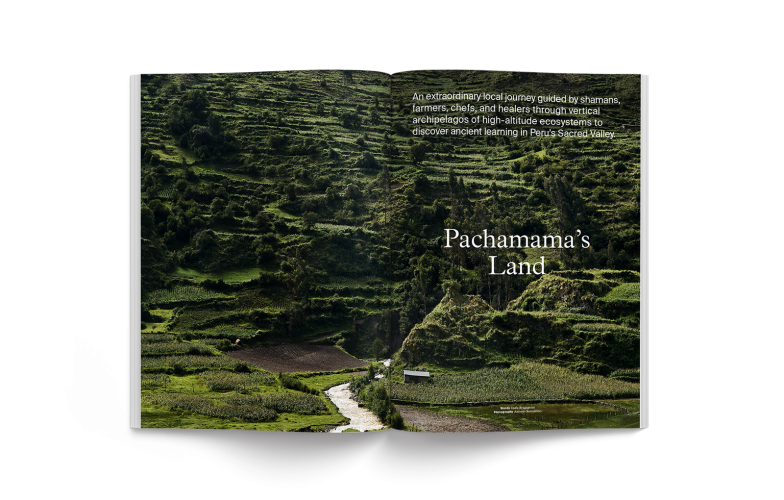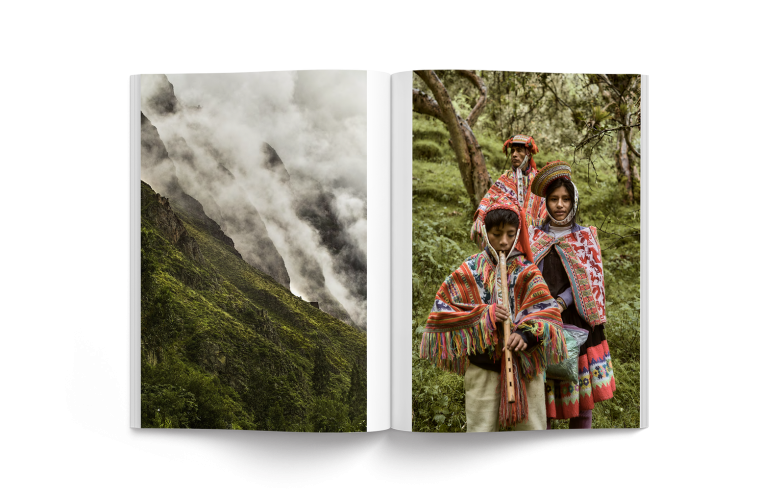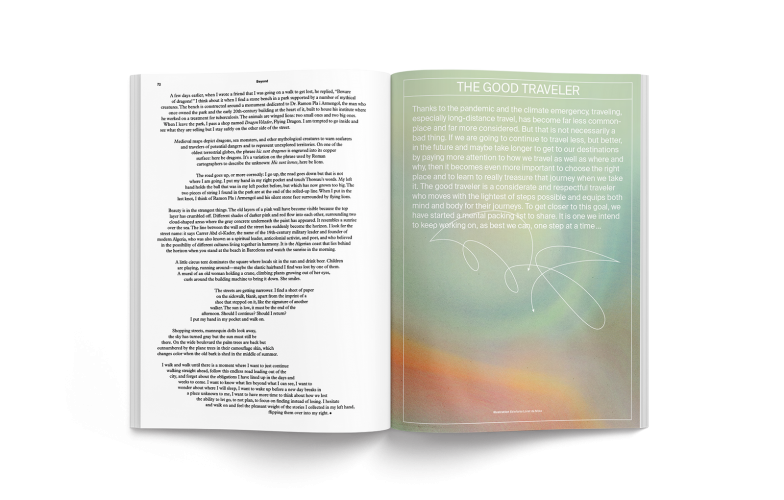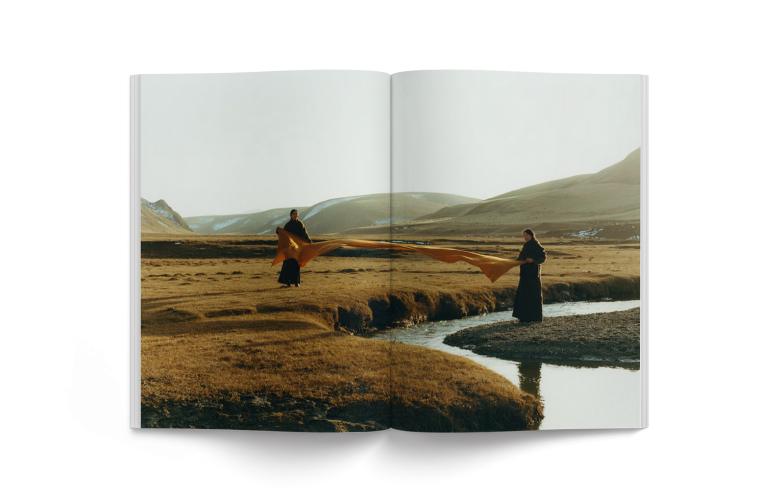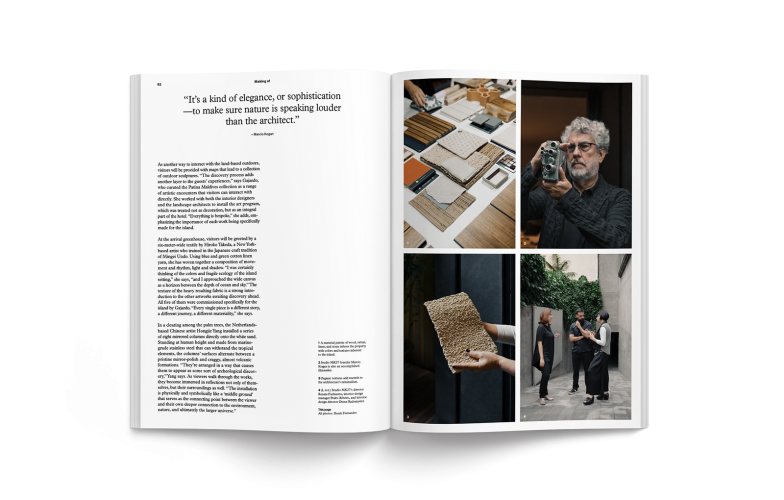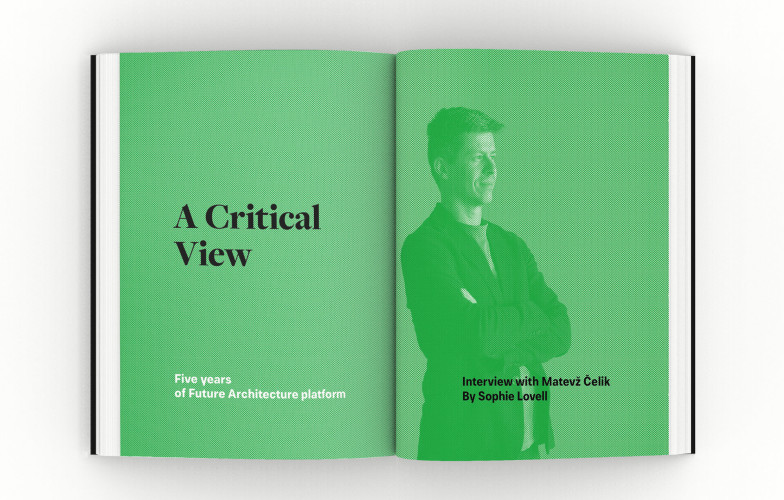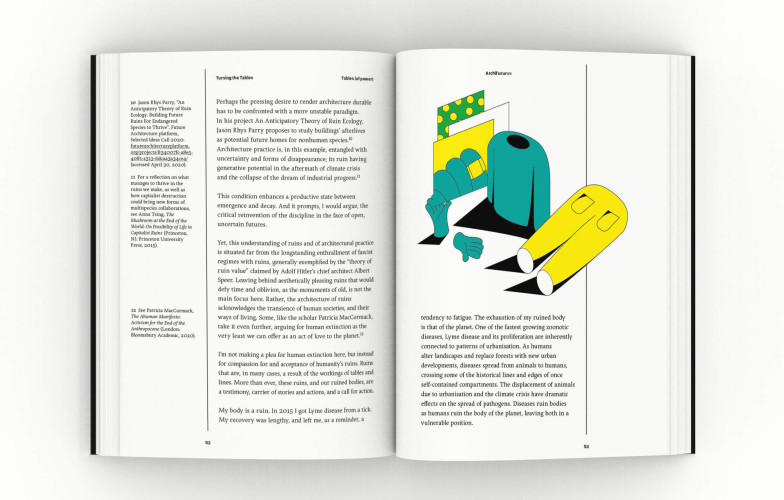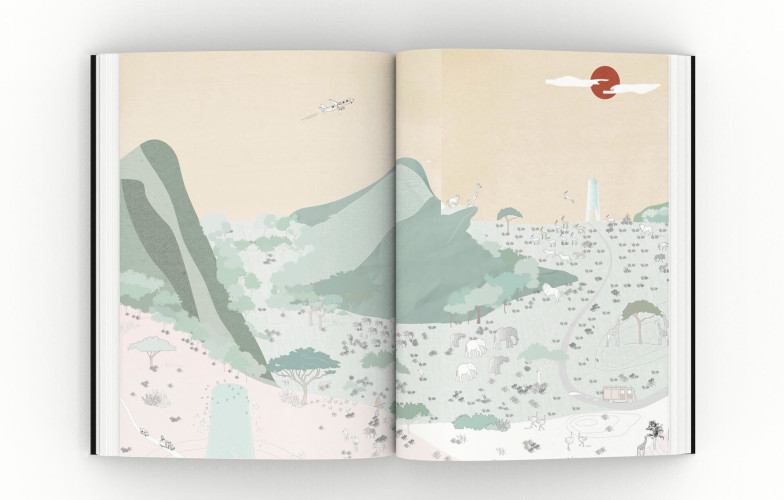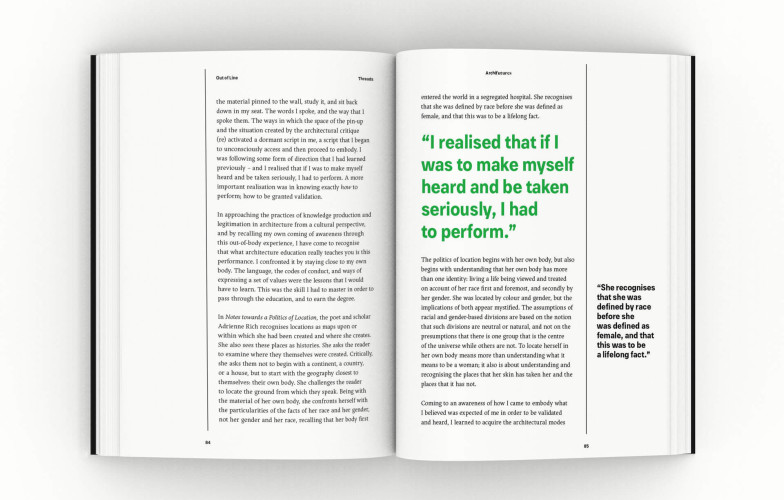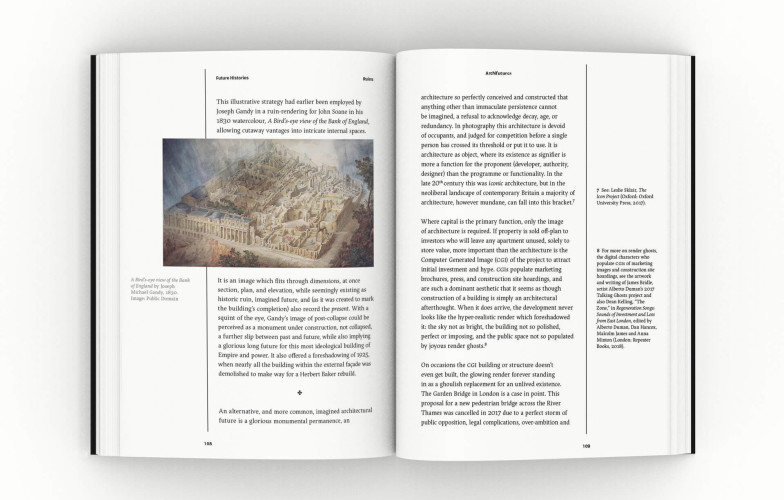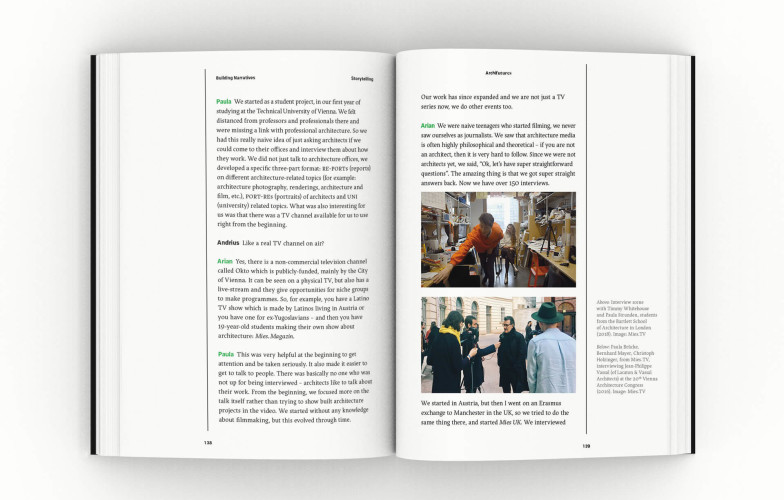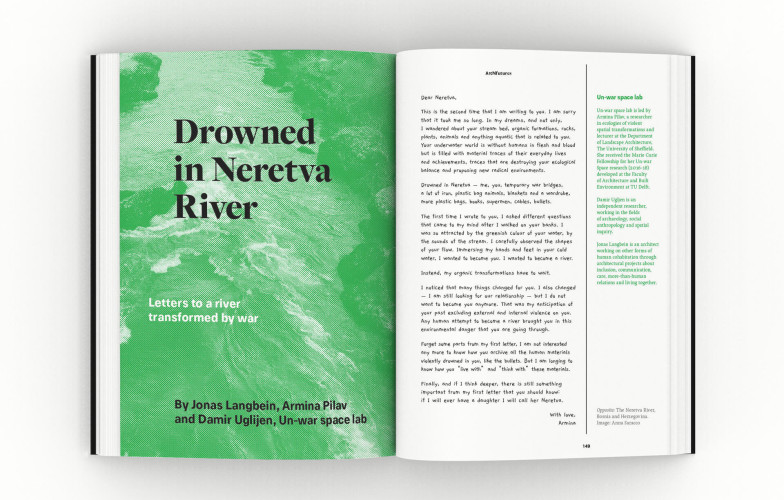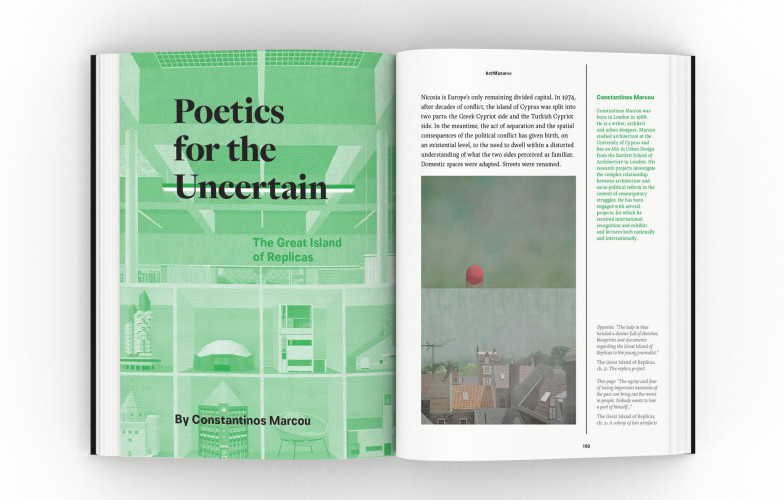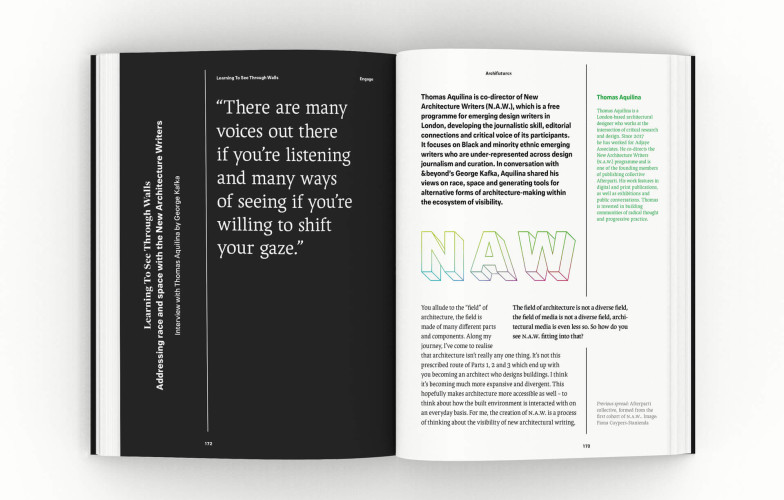Frei association: bionics, parametrics, morphogenics and more with Jan Knippers, Achim Menges, Werner Sobek and Arnold Walz by Sophie Lovell. In 1964, the pioneering structural engineer and Head of the Institute for Concrete Structure, Fritz Leonhardt, lured Frei Otto to the University of Stuttgart to be the professor of a new research department. Otto followed an illustrious roll call of pioneering structural engineers there – but as an architect, his arrival marked an extraordinary flowering of new interdisciplinary research-driven innovation. Sophie Lovell spoke to four of Stuttgart University’s leading engineering and architecture professors about Frei Otto’s impact there, on how his symbiosis of architecture and engineering has continued to develop since, and where it’s headed next…
FREI DAYS AT STUTTGART
Stuttgart is famous for being in Germany’s engineering heartland: the cradle of the automobile industry and other precision engineered manufacturing, like Daimler, Porsche and Bosch. The University is renowned as a centre for automotive and aerospace engineering – areas where “lightweight” was already of primary concern. As an investigative architect, Otto brought his interdisciplinary thinking into an environment ripe for pushing boundaries.
During Frei Otto’s time at Stuttgart, heading up the Institute for Lightweight Structures between 1964 and 1991, there were a number of influential professors there, besides himself, who contributed to a climate of future-oriented research thinking in the early years and a strong cross-over between architecture and engineering. Werner Sobek, Jan Knippers and Arnold Walz all studied there during this period. As architect Arnold Walz recalls: “Two people at Stuttgart had a great influence on me: Frei Otto, and Horst Rittel – who was in charge of the Planning Institute, taught at Berkeley and had been the last Rector at the HfG Ulm. What Otto and Rittel had in common was their fundamental attitude. They weren’t interested in details but in basic understanding. For Otto, it was the relationship between form, materials and construction. While Rittel was a very radical thinker: he taught me to think and not to be afraid of doubt. With these basics, you can go a long way and are more likely to create something new.”
Jan Knippers, like Otto, first studied engineering at the Technical University in Berlin and found it frustratingly conventional. He moved to Stuttgart to work with Jörg Schlaich – one of Germany’s most important engineers – and immediately encountered a totally different spirit: “At Stuttgart, engineering was very much embedded in a cultural, societal and scientific context – much more advanced and more open, with the relationship to architecture much stronger”, he recalls. The proximity for these architects and engineers to the automotive and other local engineering industries meant they were in an environment where inventiveness and economy of materials were common practice.
Werner Sobek, who studied both engineering and architecture at Stuttgart, is head of ILEK: a merging of Frei Otto’s IL Institute and Jörg Schlaich’s Institute for Construction and Design, both professorships of which he inherited from his predecessors and mentors.
“We were very lucky”, he says, “that in Stuttgart in the early 1960s there were a few professors in the Departments of Architecture and Engineering who were looking for closer cooperation. From then on there was what we now call ‘the Second Stuttgart School’, which blossomed between 1960 and about 1980. The influences emanating from this school were very important: it bridged the gap between architecture and engineering and widened the focus out into aircraft design, car body design, textiles and more.”
FIRE AND WATER
It may have been a bonding moment between architecture and engineering, but this was not without its frictions. Not least between “architect” Otto and “engineer” Jörg Schlaich. “They appreciated each other, but nonetheless each had their distinctive field of research, which sometimes seemed like fire and water”, says Sobek. It seems the main trigger for the differences between these two research institute heads was when they both worked on the 1972 Olympic stadium project – Otto as a consultant to the architect Günter Behnisch, and Schleich as a chief engineer working for the company of another legendary Stuttgart professor, Fritz Leonhardt. According to Arnold Walz, Otto was more interested in exploring the boundaries of lightweight and elasticity with the roof: “But Schlaich couldn’t deal with this. I’m not sure if it was just his way of thinking or the building regulations you had to follow at the time. He wanted to make the structure as stiff as possible, like a concrete structure. Therefore all the parts grew in size and diameter. Maybe this is the reason the roof is still there. If Otto had been allowed to do the optimisations he wanted to, perhaps corrosion or other little things might have already destroyed the structure.”
OTTO FREI STUTTGART
Jan Knippers says he had never heard of Frei Otto whilst he was studying engineering in Berlin. “But in Stuttgart, I realised how important he was, because of his impact on the interface between architecture and engineering. He was someone who had a lot of charisma and a lot of ideas that were then taken up and worked on by others. I soon realised that many of the things that were later being worked on at the ITKE institute came originally from Otto’s ideas: membranes, lightweight building, rope nets, grid shells and so on.”
“He was not an architect, but a thinker”, says Sobek, “and the only lifelong professor in the entire university who did not have to teach: he was totally free of that… He’d often surprised everyone by arriving with some biologists from Berlin, for example, to compare mussel shells with concrete shells, or human bones with steel columns. This permanent jumping over fences, or even not accepting that there was a fence between disciplines, was very important at the time. He did not just jump the fence, he tore it down.”
Achim Menges, who did not move to Stuttgart until 2008, says the effects of Otto’s presence there are still felt: “I think the main impact of his work on our approach is that he really questioned established models of design. His radical revision of the design process through what he called ‘form-finding methods’ is really something we’re trying to extend into the computational realm.”
OTTO’S INFLUENCE
“Although he built little, Frei Otto had an incredible influence on architecture”, says Jan Knippers, “because he developed a whole new approach to the idea of design. Form and structure are not defined by architects but arise through physical structural principles. And this is what we’re continuing now – but on another level. Structures and forms are now performance-driven. As in biology, there is no longer the hierarchical differentiation between structure and material.”
Achim Menges marvels at how Otto managed to extend his methodology, “of trying to find a kind of equilibrium between external boundary conditions and internal force distribution”, towards a kind of construction technology, like the Multihalle in Mannheim, “where the form-finding actually took place on-site in a construction process that employed the elasticity of the material to find a particular form: a radical rethinking of what construction and fabrication could be.”
STUTTGART TODAY
Since succeeding Otto, Werner Sobek has developed ILEK further, particularly in terms of its multidisciplinarity: its 35-strong team now comprises architects, engineers, aircraft engineers, structural engineers, ceramic engineers and biologists. ILEK is still focused on making buildings lighter but on energy-related issues and areas such as urban planning too. “We’ve dramatically widened the scope” Sobek says.
BEYOND LIGHTWEIGHT
Another visionary thinker, also fixated on the lightweight, was Buckminster Fuller who regularly asked architects: “How much does your building weigh?” But now in a new century, this question no longer addresses the complexity of the issues involved. Concrete, for example, has evolved in quantum leaps: some ultra high strength concretes now have an extraordinary strength-to-weight capacity closer to that of high-quality steel or titanium. Werner Sobek now divides lightweight in construction into three main fields: material lightness, structural lightness and a third: “the energetic part”. It is this latter area that has dramatically superseded the levels of the second half of the twentieth century.
“Nobody talked about energy then”, says Sobek, “or if they did, it was energy consumption over the lifetime of the building, not embodied energy or grey energy, which means the energy you need for the production and transport of the materials involved. For example in a newly finished residential building, this embodied energy has already added up to between twenty-five and thirty-five times the future annual energy consumption of the building for heating, cooling and cooking etc.” In talking about “lightweight” today, architects and engineers, need to consider not just structure and materials but the whole holistic minimising of embodied energy emissions.
This thinking permeates all the research at ILEK and other institutes at Stuttgart. Research is going on into such things as adding “artificial muscles” with sensors to structures, enabling them to adapt to varying loads and other environmental conditions. Other investigations are into lightweight, multi-layered textile façades capable of “harvesting” and storing energy, and into new forms of superlight concrete structural elements “foamed” inside in places – just like bones.
NEW GOALS, NEW ROLES
So where is engineering and architecture going next at Stuttgart? What can we expect for the future?
Sobek points out that purely practically, with an expanding world population in a time of growing material shortages, the focus has to be on recyclability: “This is a topic I’ve been teaching since 1992 when there was nobody out there talking about recyclability. This puts us in the pole position with worldwide research, because we’ve been doing it for twenty years. That’s why Harvard, MIT, Chicago, Moscow and Singapore universities are knocking at our door asking for co-operations.”
Walz believes strongly there is no point just playing around experimenting if you don’t know where you’re heading: “The problem generally is that the steamboat of conventional architecture chugs stubbornly on, immune to change. Productivity in the building industry hasn’t changed for the last twenty-five years. We build now more or less as we did 100 years ago with just a sprinkling of the digital here and there. Frei Otto indicated new ways, but apart from a few things like rope nets, grid shells and tents, none have had an impact on everyday architecture. What’s missing is a goal. Society has to start defining common goals again. Where do we want to go?”
Menges agrees, seeing the pivotal role of production in the future, facilitating a high level of differentiation – formally less limited and achieving high levels of adaptation – as in nature. This means no beginning or end to a building, but a constant state of growth and adaptation.
“The distinction between the digital and the physical has been eroded with their gradual integration allowing new ways to address how things are made. This will have a profound impact on architecture. Design and process will ultimately converge, meaning buildings will never reach a final stage of conclusion.”
This essay was originally published in uncube magazine issue no. 33 in 2015, celebrating the life and works of Frei Otto.


















